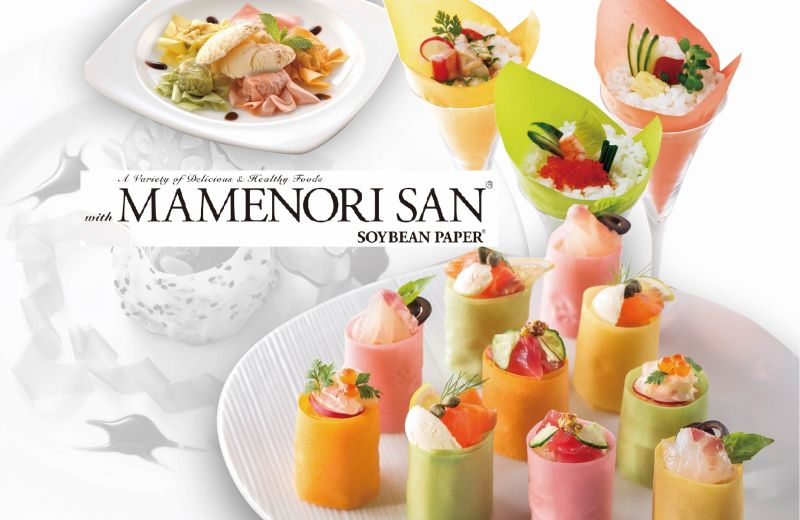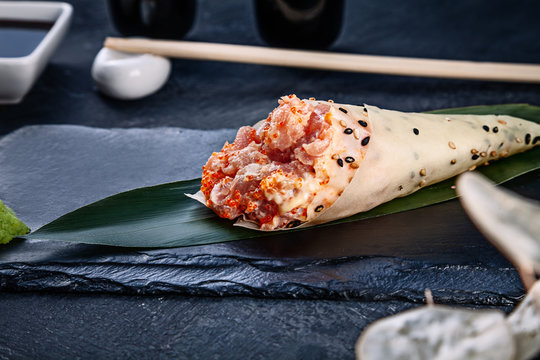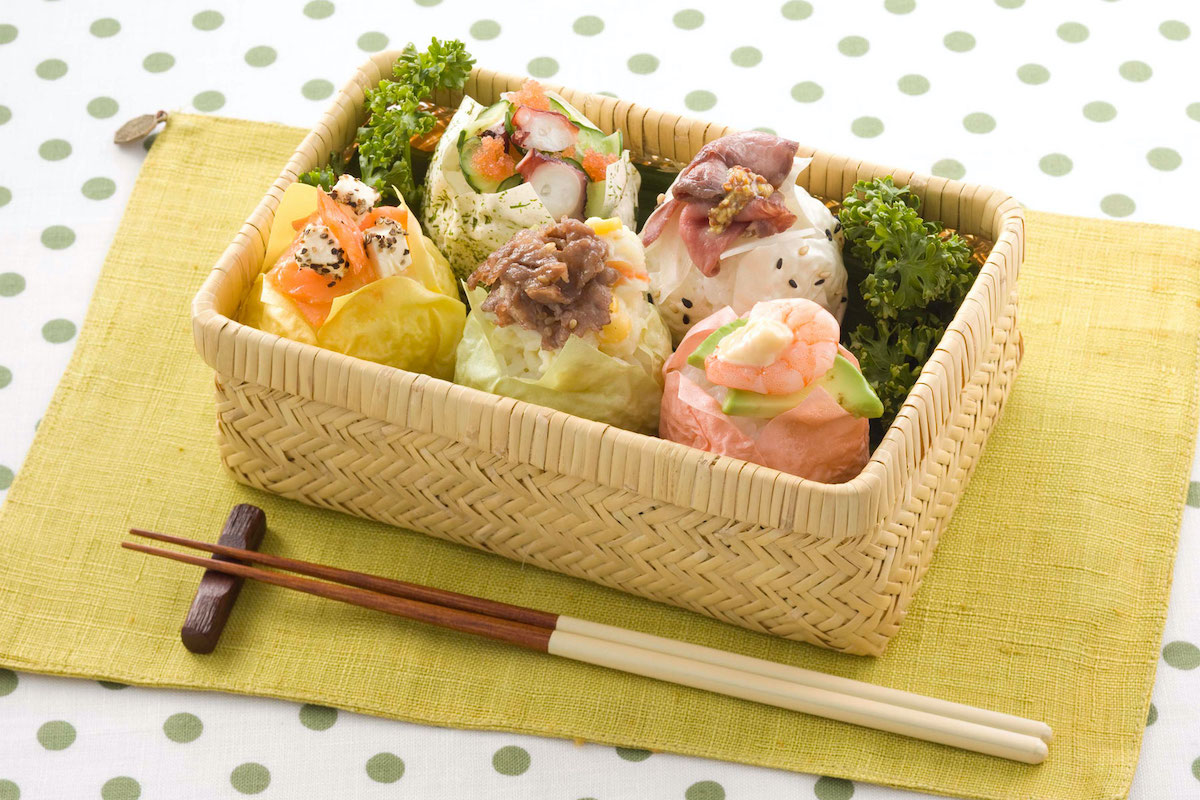In the world of Japanese cuisine, nori has long been a staple ingredient, especially when making sushi and other traditional dishes. However, a new option has emerged: mamenori(soy crepe). This colorful and versatile nori alternative is not only visually appealing, but also has a unique texture and flavor that can enhance a variety of dishes. In this article, we'll delve into the fascinating world of mamenori, exploring its origins, uses and the vibrant colors it produces.
What is Mamenori?
Mamenori, also known as soy paper or soy paper, is a thin, edible sheet made primarily from soybeans. Unlike nori, which is derived from seaweed, mamenori is made from soybeans, making it a great alternative for those who may be allergic to seaweed or simply prefer a different taste and texture. The production process involves grinding soybeans into a fine paste, which is then spread and dried to form fine flakes.
Rainbow colors
One of the most striking features of mamenori is that it comes in a variety of colors. Traditional nori is usually dark green or black, while pre-nori comes in bright hues like pink, yellow, green, and even blue. These colors are achieved through the use of natural food dyes, ensuring the products are safe and healthy to eat. The colorful appearance of nori not only adds visual appeal to dishes, but also allows chefs to experiment with creative presentations, making it a popular choice for modern and fusion cuisine.
Culinary uses of Mamenori
Mamenori's versatility extends beyond its aesthetic appeal. Its mild flavor and delicate texture make it suitable for a variety of cooking applications. Here are some common uses for mamenori in the kitchen:
1. Sushi roll
Like nori, mamenori can also be used to wrap sushi rolls. Its flexible nature makes it easy to handle, and its variety of colors can add interesting flavors to traditional sushi. Whether you're making sushi rolls, hand rolls, or even sushi burritos, mamenori offers a unique and visually appealing nori alternative.
2. Spring rolls
Mamenori can also be used as a wrapper for fresh spring rolls. Its thin, pliable texture makes it a great choice for wrapping a variety of fillings, from vegetables and tofu to shrimp and chicken. Colorful sheets can add an extra layer of excitement to this already vibrant dish.
3. Decorations
Chefs often use mamenori to create intricate garnishes and garnishes for dishes. Colorful sheets can be cut into a variety of shapes and sizes, adding a touch of elegance and creativity to presentations. Whether delicate flowers or whimsical designs, mamenori bring endless possibilities to the culinary arts.
4. Gluten-free and vegetarian options
For those with dietary restrictions, mamenori offers gluten-free and vegan alternatives to traditional nori. Its soy base ensures it's gluten-free, making it suitable for people with celiac disease or gluten allergies. Plus, mamenori is completely plant-based, making it a great choice for vegans and vegetarians.
in conclusion
Mamenori is a delightful and innovative nori alternative that offers brilliant color and versatility in a variety of dishes. Its unique texture, mild flavor and vibrant appearance make it a popular choice among chefs and home cooks alike. Whether you're looking to add a creative spin to your sushi rolls, try a new cooking method, or cater to specific dietary needs, mamenori is a great ingredient to explore. Embrace the colorful world of Mamenori and take your culinary creations to new heights.
Contact
Beijing Shipuller Co., Ltd.
WhatsApp: +86 136 8369 2063
Post time: Sep-28-2024


